The Australian Competition and Consumer Commission (ACCC) has published recall notices for a range of decorative and coloured sand products that may contain asbestos.
The workplace exposure standard (WES) for Aluminium (welding fumes) has been reduced from 5 mg/m³ to 1 mg/m³ (measured over an 8-hour time weighted average).
Safe Work Australia recently published 5 animations to help employers and workers understand what airborne containments are, how they can impact health, and how to manage the exposure risks.
The animations cover:
This page provides resources and further information for persons conducting a business or undertaking (PCBUs) and workers on the workplace exposure standards (WES), workplace exposure limits (WEL) and the WES review.
From 1 December 2026 Australia will adopt the Workplace
In May 2023, Safe Work Australia commissioned the University of Adelaide to undertake a literature review and gap analysis of the scientific evidence to inform recommendations related to the three options for prohibition on the use of engineered stone in Australia.
Safe Work Australia is seeking to understand whether non-threshold genotoxic carcinogens (NTGCs) are present in Australian workplaces, in what quantities, and for what purpose.
Safe Work Australia has today published submissions received as part of the recent consultation on a prohibition on the use of engineered stone.
Safe Work Australia is reminding all stakeholders that consultation on a prohibition on the use of engineered stone will close soon.
Quotes attributable to Safe Work Australia CEO Michelle Baxter:
“I welcome the decision by WHS ministers to agree to Safe Work Australia’s recommendations on action to reduce workplace exposure to respirable crystalline silica and prevent silicosis and silica-related diseases in Austral
This Decision regulation impact statement (Decision RIS) provides an impact analysis of the regulatory and non-regulatory options to manage the risks of respirable crystalline silica at work.
Information about research into lowering the workplace exposure standard for respirable crystalline silica (RCS).
This report investigates whether a short term exposure limit (STEL) should be implemented to complement the workplace exposure standard (WES) of 0.05 mg/m3 for respirable crystalline silica.
This report investigates the challenges of measuring airborne concentrations of respirable crystalline silica in Australian workplaces at and below 0.02 mg/m3.
This guide helps doctors monitor the health of workers exposed to isocyanates.
Isocyanates are a group of highly reactive, organic compounds of the formula R-N=C=O.
This Decision Regulation Impact Statement (RIS) is the result of Safe Work Australia’s review of the current toxicological information and overseas trends in the regulation of lead in the workplace.
This policy statement outlines labelling requirements for agricultural and veterinary (AgVet) chemicals under the model Work Health and Safety (WHS) Regulations.
This example of a site plan will help you create your own layout showing important areas, such as:
-
chemical stores
-
vehicle entry points.
This poster shows the labelling information required for hazardous chemicals in each hazard class in the Globally Harmonized System of Classification and Labelling of Chemicals (GHS). You must label hazardous chemic
Use this guide if you manage risks to workers exposed to diesel exhaust at the workplace, including:
-
drive-in booth operators
-
miners
-
construction workers
-
oil and gas workers
This code contains information about transporting Class 1 explosives by road and rail in Australia.
If you are a person conducting a business or undertaking and you store, handle or use hazardous chemicals, you must put up signs to let workers and visitors know about the dangers of the hazardous chemical.
Each jurisdiction in Australia has its own system of explosives regulation. In 2018, WHS ministers provided in-principle agreement to consider implementing nationally consistent explosives reforms in their jurisdictions.
The workplace exposure standards review has been completed. Until 1 December 2026, you must still comply with the Workplace exposure standards for airborne contaminants.
Hazardous chemicals can be dangerous if they are not properly managed.
If you have carcinogens at your workplace, you must manage the risks they pose.
A carcinogen is something that can cause cancer. Find out about carcinogens – what they are, how to identify them, and which ones are prohibited or restricted for use in the workplace.
Health monitoring is the monitoring of a worker by doctors to identify changes in their health status because of exposure to certain substances. If you are a person conducting a business or undertaking (PCBU), you must provide health monitoring to workers if there is a signifi
Inorganic lead (lead) and lead compounds are found in many workplaces.
If you work with hazardous chemicals, you must store them correctly to keep people safe. You must make it clear where you’re storing chemicals with signs and labels.
Almost every hazardous chemical will require Safety data sheets (SDS).
Signs and records tell your workers and visitors about the hazardous chemic
Australia has transitioned to the 7th Revised Edition of the GHS (GHS 7), which includes some changes to hazardous chemical classifications and precautionary statements.
Labels on hazardous chemicals identify hazards and give instructions on how to use them safely. The following pages will tell you if you need to prepare labels for hazardous chemicals, the information that must be on the labels and when WHS labelling for hazardous chemicals is not required.
Australia uses the Globally Harmonized System of Classification and Labelling of Chemicals (GHS) to classify and label chemicals.
Australia uses the Globally Harmonized System of Classification and Labelling of Chemicals (GHS) to classify and label chemicals.
Australia uses the Globally Harmonized System of Classification and Labelling of Chemicals (GHS) to classify and label chemicals.
This guide helps doctors monitor the health of workers exposed to fluorides.
Fluorine (as F2) (CAS 7782-41-4):
-
is a pale-yellow gas at normal temperature
This guide helps doctors monitor the health of workers exposed to toluene.
This guide helps doctors monitor the health of workers exposed to styrene.
